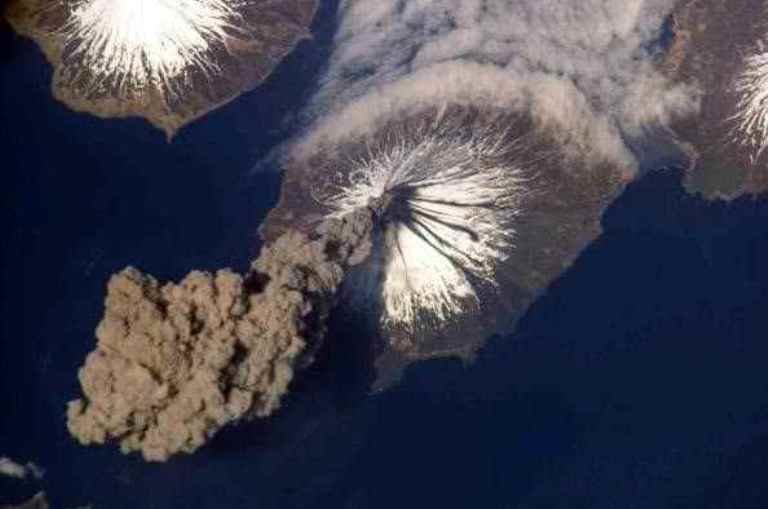
Alaska’s Pavlof volcano erupted unexpectedly on March 27, 2016.
Volcanoes Campi Flegrei in Italy, Sakurajima in Japan, Pavlof in Alaska, Popocatépetl in Mexico and Iturrialba in Costa Rica among others showed signs of reawakening in the last semester of 2016,
sounding the alarm among the scientist community that warns about a chain of imminent eruptions.Throughout history, volcanoes have inspired fear and admiration as well. Vesubio (Italy), Mount Tambora (Indonesia), Laki (Iceland), Mount St. Hellen (USA) and Nevado del Ruiz (Colombia) are just some of the volcanoes that have ravaged entire populations in different periods of time, killing thousands of people and turning vast areas into a desert of fire, ashes and sulfuric gases. But, strange as it may sound, volcano activity has become an item of the so-called
eco/adventure tourism, thanks to the unmatched, unique spectacle of lights and sound that offers a moderated eruption.
According to experts, it takes 500 years for a supervolcano to reawaken, even less. And this seems to be the case of Campli Flegrei in the west of Naples, Italy, an extensive volcanic that boasts 24 craters and its cauldron-like depression was formed 39,000 years before as part of the biggest eruption that Europe has experienced in the last 200,000 years.
A team of researchers led by volcanologist Giovanni Chiodini from the Italian National Institute of Geophysics in Rome assures that
Campi Flegrei seems to be approaching a critical pressure point, a sign that could be read as announcing of an imminent eruption. The research team says that Campi Flegrai has registered an "uplift" since the last decade, what it means that the volatile gasses inside are rising to the surface at an unexpected rate, turning the alert level from
green (or
quiet) to
yellow (or
monitoring mode).
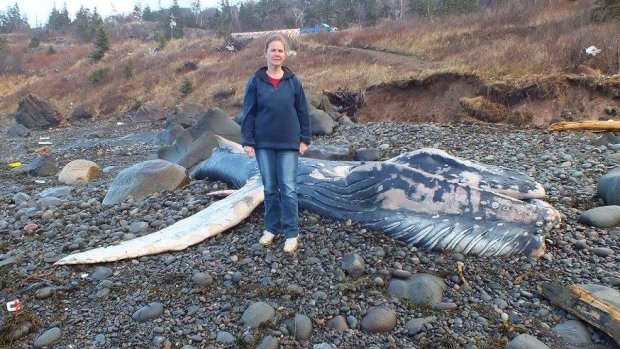
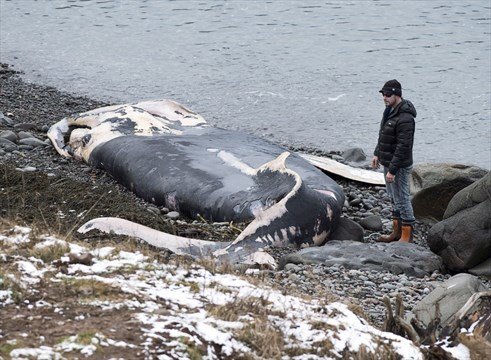
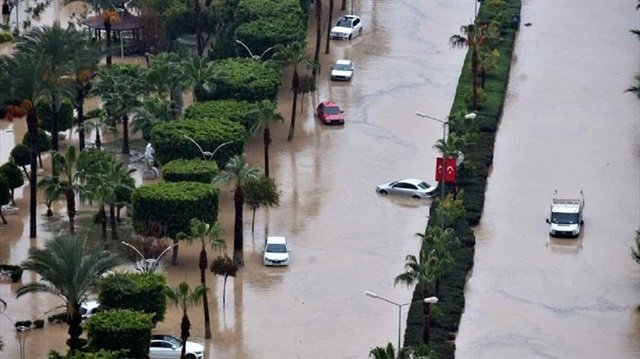
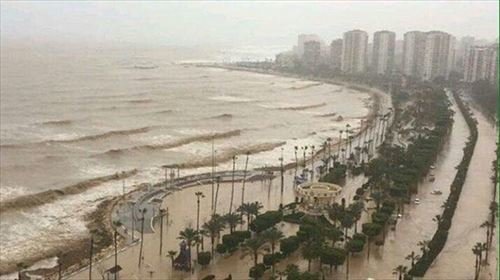

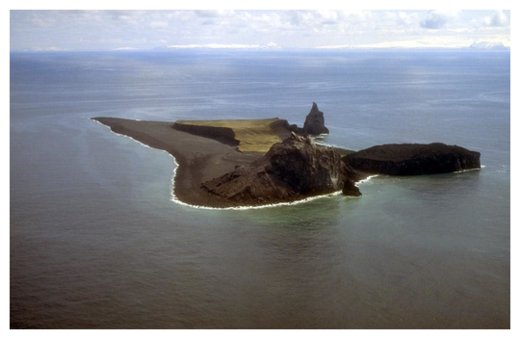
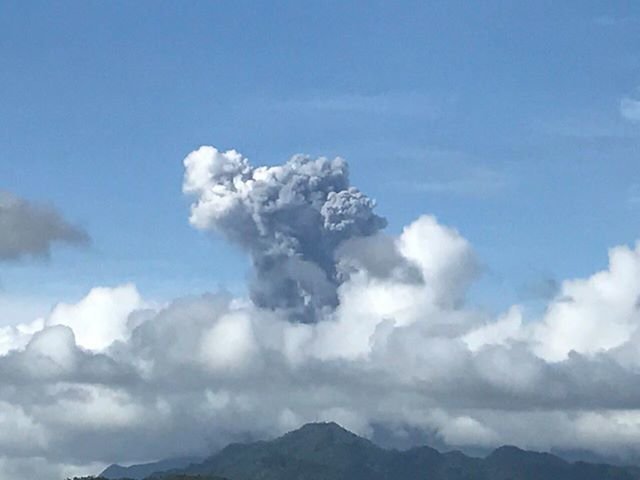

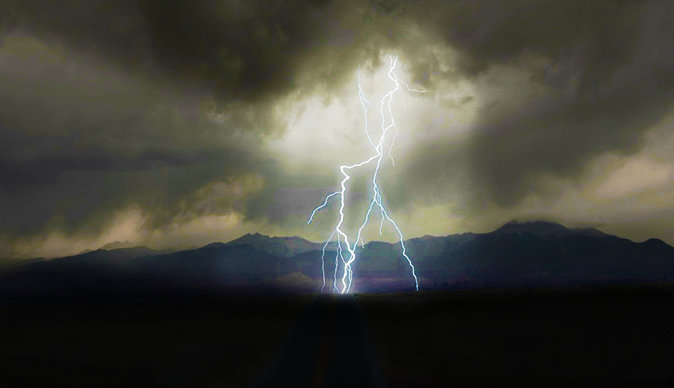
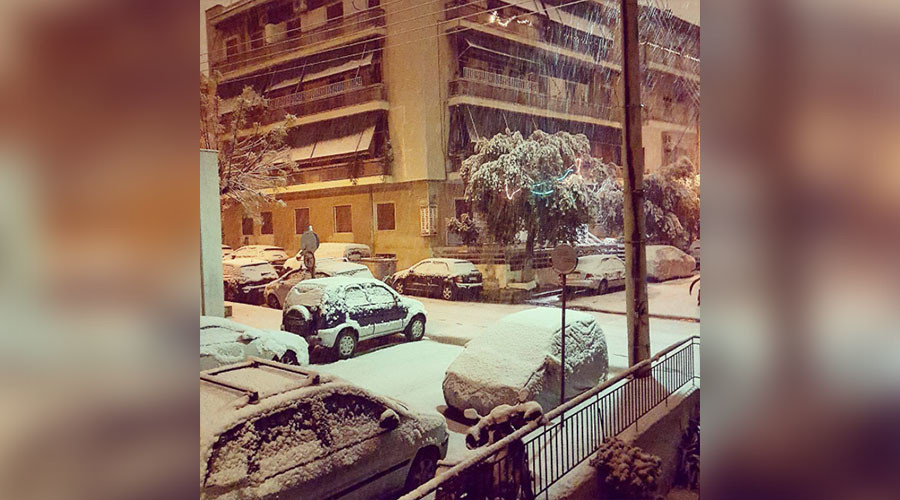
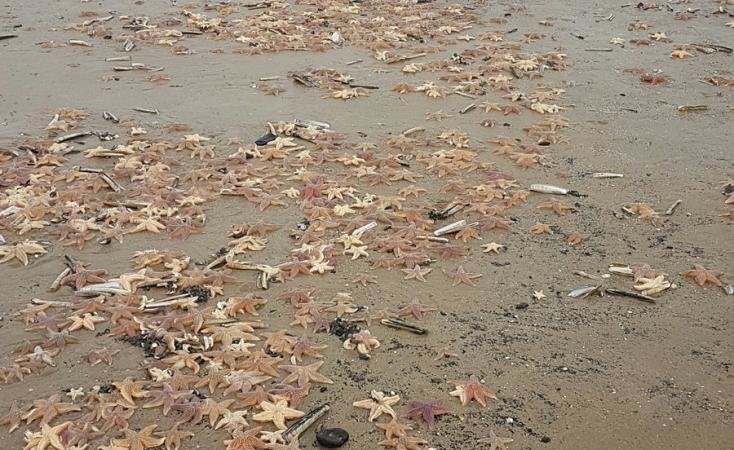
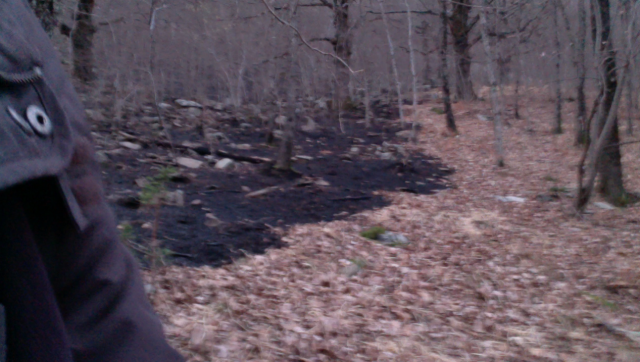



Comment: See also: Thousands of dead lobsters, crabs and herring washing up along St. Mary's Bay, Nova Scotia
Thousands of dead herrings wash ashore in St. Marys Bay, Nova Scotia